

|


|
|
1/10 Scale Electric Buggy:
Kyosho Mad Bug VEi - 34354T3
|
Released by Kyosho in 2015, the 4WD Mad Bug VEi Buggy (silver) - # 34354T3, came ReadySet RTR, with a Syncro KT-231P transmitter, brushless motor, ESC, battery and charger.
The model is shaft driven, on a molded plastic chassis, with gear differentials, coil spring over oil filled dampers, slipper clutch, dogbone drive-shafts and a full set of ball bearings.
Check out our Kyosho Archive for other Vintage Buggy models.
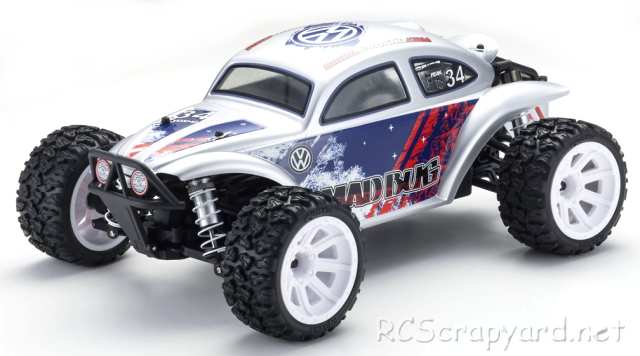
To get the best from the Kyosho Mad Bug VEi, it needs to be fine tuned, to provide precise steering response and improve grip when cornering, so you don't slide off the track. Small changes can make huge advancements and our easy to understand guide will help you to the optimum Set-up for your individual driving style.








|
|
|

★ Kyosho Mad Bug VEi Chassis ★ 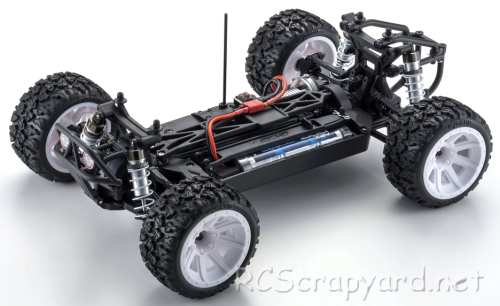
★ Kyosho Mad Bug VEi Chassis ★ 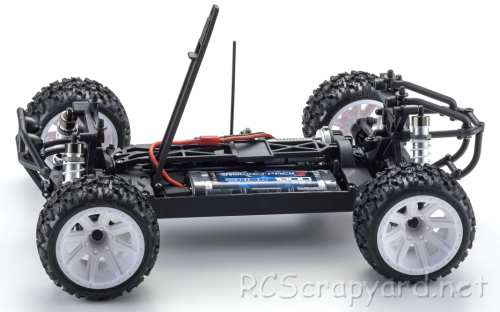
★ Kyosho Mad Bug VEi Chassis ★ 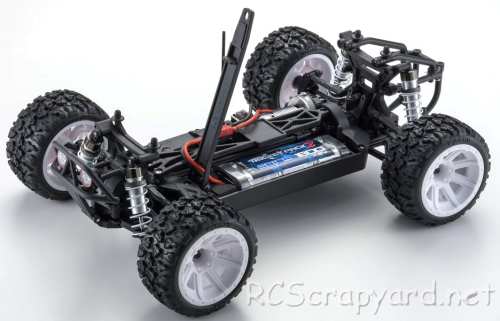
★ Kyosho Mad Bug VEi Chassis ★ 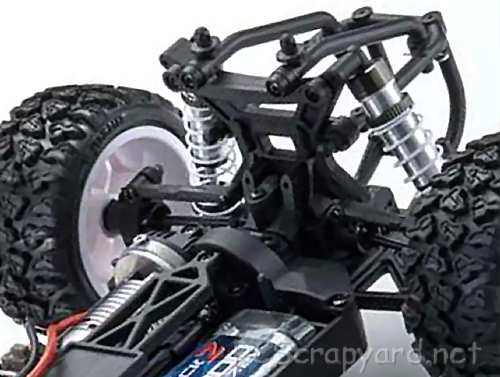
★ Kyosho Mad Bug VEi Chassis ★ 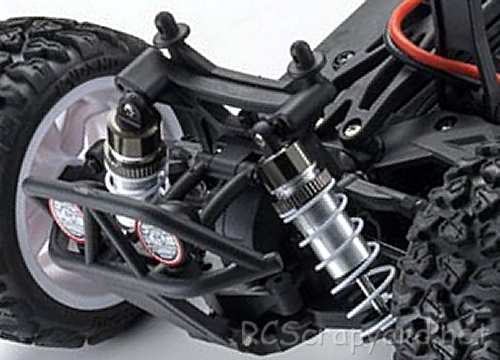
|
Buying a Used Kyosho Mad Bug VEi
|
|
Manufacturers and Brands Catalogued, Listed and Reviewed by RC-Scrapyard.
At present, the RC Model Manufacturers, Brands and Distributors covered by us are: ABC Hobby, Academy, Acme Racing, Agama Racing, Amewi, Ansmann Racing, ARRMA, Team Associated, Atomic RC, Axial, AYK, Bolink, BSD Racing, Capricorn, Carisma, Carson, Caster Racing, Cen, Corally, Custom Works, Durango, Duratrax, ECX - Electrix, Exceed RC, FG Modellsport, FS-Racing, FTX, Fujimi, Gmade, GS-Racing, Harm, HBX, Helion, Heng Long, Himoto Racing, Hirobo, Hitari, Hobao, Hong-Nor, Hot Bodies, HPI, HSP, Intech, Integy, Jamara, JQ Products, Kawada, Kyosho, Losi, LRP, Maisto, Mardave, Marui, Maverick, MCD Racing, Megatech, Mugen, New Bright, Nichimo, Nikko, Nkok, Ofna, Pro-Pulse, Protech, PTI, RC4WD, Redcat Racing, RJ-Speed, Robitronic, Schumacher, Seben, Serpent, Smartech, Sportwerks, Step-Up, Tamiya, Team-C Racing, Team Magic, Thunder Tiger, Tomy, Top Racing, Traxxas, Trinity, Tyco, Vaterra RC, Venom, VRX Racing, WLToys, X-Factory, Xmods, Xpress, Xray, XTM, Yankee RC, Yokomo, ZD Racing and Zipzaps. |
|
Hints, Tips and Information
Wheel Camber - for cornering stability
Camber is described as the angle of the wheel as you look at it directly from the front or rear of your car and if set correctly will improve your cars cornering ability considerably, by providing increased traction. This simple to make adjustment is considered by many to be one of the most effective changes you can make to your car for better handling. |
|
Hints, Tips and Information Electric Motors for RC ModelsWinds and Turns
Q/ What does 15x2 or 17x3 mean? |
|
RC Models:
|
Radio & Motors: |
Other
Accessories: |